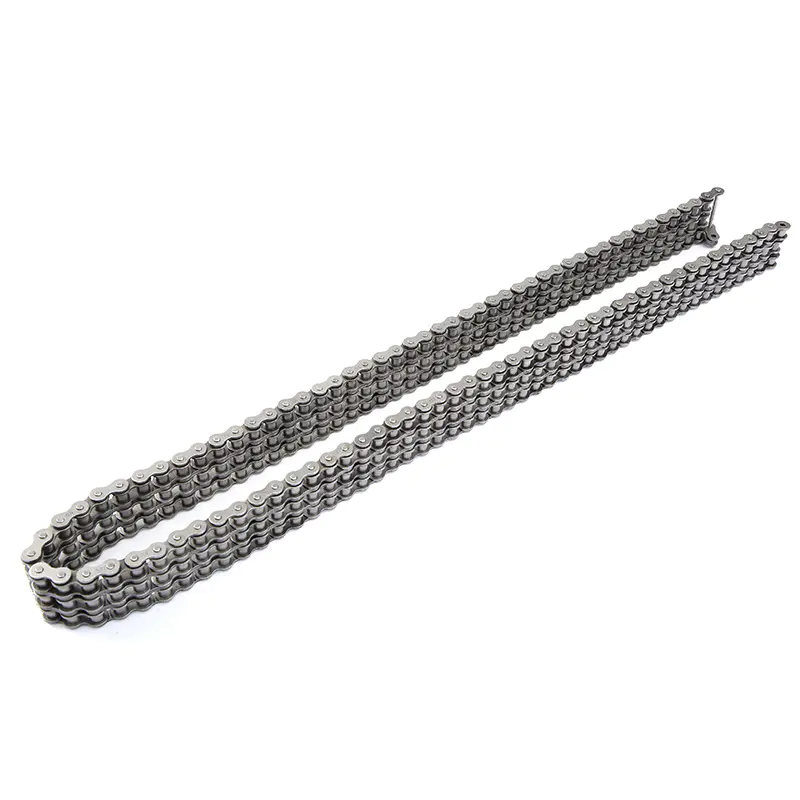Driving chains, a fundamental component of many mechanical systems, play a crucial role in transmitting motion and power efficiently. From industrial machinery to bicycles, driving chains are versatile devices that have been utilized for centuries. This article delves into the distinctive characteristics, numerous advantages, and diverse applications of driving chains, showcasing their significance in various industries and everyday life.
Characteristics of Driving Chains
Driving chains possess a set of defining features that contribute to their functionality and adaptability: Link Construction: A driving chain consists of interconnected links, typically made from metal, that form a continuous loop. These links can take various shapes, such as roller chains, bush chains, or silent chains, each designed for specific applications. Precision Engineering: Modern driving chains are precision-engineered to ensure consistent performance. The accuracy of their construction minimizes friction, noise, and wear, maximizing their operational lifespan.
Strength and Durability: Driving chains are built to withstand substantial mechanical loads and adverse conditions. High-quality materials and manufacturing processes enhance their strength and durability. Lubrication: Proper lubrication is essential to reduce friction and prevent premature wear. Lubrication also helps dissipate heat generated during operation, contributing to the chain's longevity. Sprocket Interaction: Driving chains engage with sprockets, toothed wheels that mesh with the chain's links. This interaction enables the transfer of rotational motion and power between the chain and the sprocket.
Advantages of Driving Chains
The advantages of using driving chains extend across various industries and applications: Efficiency: Driving chains offer high efficiency in transmitting power compared to some other methods, minimizing energy losses during motion transfer. Load Capacity: These chains can handle substantial loads, making them suitable for heavy-duty applications in industries such as manufacturing, agriculture, and construction. Flexibility: Driving chains can be customized for specific applications by adjusting factors such as length, pitch, and the number of links. This flexibility allows for adaptability in different systems. Reliability: Well-maintained driving chains have a long operational life, offering reliable performance even in demanding environments. Cost-Effectiveness: Driving chains provide a cost-effective solution for power transmission in various systems. Their durability and longevity contribute to reduced maintenance and replacement costs.
Applications of Driving Chains
The versatility of driving chains results in their extensive use across diverse fields: Automotive Industry: Driving chains are integral components in vehicles, transmitting power from the engine to the wheels. Timing chains control the engine's valve timing, ensuring optimal performance. Industrial Machinery: Manufacturing equipment, conveyors, and assembly lines utilize driving chains to transfer power and control the movement of various components. Agriculture: Chains are used in agricultural machinery such as tractors, combines, and harvesters to drive essential functions like propulsion and harvesting mechanisms.
Bicycles: Bicycle chains enable the transfer of pedaling energy to the wheels, allowing for smooth and efficient motion. Mining: The robust nature of driving chains suits them for mining equipment, such as conveyors and excavators, where heavy loads and challenging conditions prevail. Printing and Packaging: Driving chains are employed in printing presses and packaging machines to ensure precise and synchronized movement.



